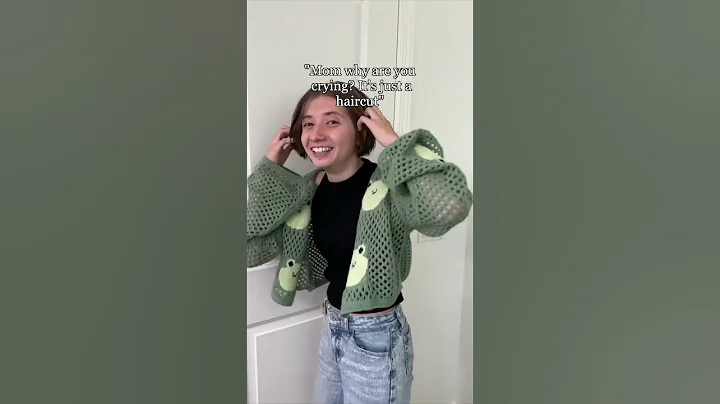tattoos don't color your cells; they color the protein ( collagen ) bundles in your dermis. These fibers have no skin cell replacement rate.
Here are some photos to give you an idea of where the ink goes. In the first photo, the top beige layer is made up of your epidermal cells, which have a very high turnover rate. A cell only lasts about 30 to 40 days before peeling off the skin. Every little scale or flake you see in that beige area is an epidermal cell (keratinocyte), and the ones you can see on the surface have been exfoliated (exfoliated).
But this is not a tattoo, except for temporary tattoos such as henna etc. The green layer beneath it is the collagen dermis. This is where the tattoo artist's needle injects the ink. This is a very tough protein - in fact, this protein in leather is made from animal hides, and you know how tough leather is.

This is a more detailed scanning electron micrograph (SEM) of this dermal collagen. This is more or less what it would look like if someone held a sample of a leather jacket or belt under an SEM. This is where the tattoo ink goes.

This is a photomicrograph of tattoo ink in the dermis.

Across most of the body, the epidermis is only 0.1 mm thick on average, and is very transparent, so ink shows through easily.
This is a schematic of the process, showing the needle passing through the epidermis and depositing the dye into the dermis. Ignore the statement about "dermal cells". Whoever made this picture obviously didn't understand that it wasn't cells that were inked.





















